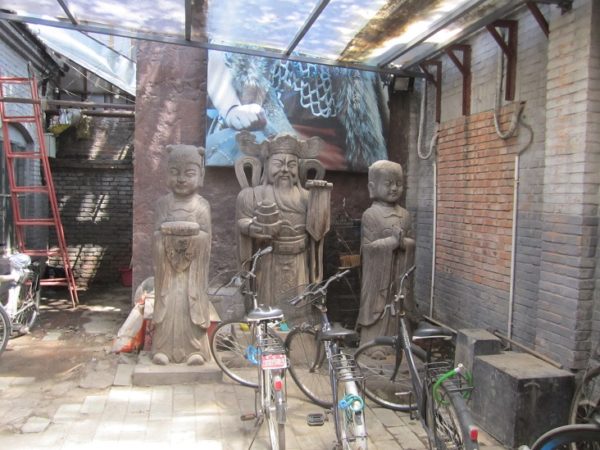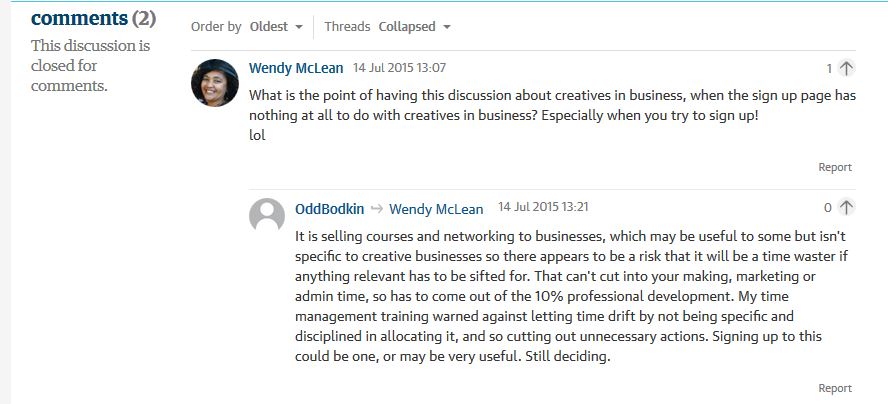I frequently write about why arguing the benefits of the arts based on their instrumental value (e.g. improves economy or test scores) is a bad approach because it depends on an absence of a substitute which is effective at accomplishing the same ends.
The alternative is to talk about the intrinsic value of art, or art for arts sake. The problem with this approach is that it lacks that concrete data that everyone says they base their decisions on.
Or rather, it lacks the concrete data that everyone insists they are faithfully basing their decisions upon. If you have paid any attention to the way decisions are made in the political or educational arenas, you know that isn’t true. Still, if you want to make your case, you have to do it in a convincing manner in terms which people can relate.
Teacher Peter Greene had an entry on Huffington Post about a year ago which performs this task pretty effectively in regard to defending music education. It probably isn’t the exact approach to take if you are called to provide testimony at your state legislature, but he provides a general ground plan. (my emphasis)
Music is universal. It’s a gabillion dollar industry, and it is omnipresent. How many hours in a row do you ever go without listening to music? Everywhere you go, everything you watch— music. Always music. We are surrounded in it, bathe in it, soak in it. Why would we not want to know more about something constantly present in our lives? Would you want to live in a world without music? Then why would you want to have a school without music?
[…]
Making music is even more so. With all that music can do just for us as listeners, why would we not want to unlock the secrets of expressing ourselves through it? We human beings are driven to make music as surely as we are driven to speak, to touch, to come closer to other humans. Why would we not want to give students the chance to learn how to express themselves in this manner?
Music is freakin’ magical. In 40-some years I have never gotten over it — you take some seemingly random marks on a page, you blow air through a carefully constructed tube, and what comes out the other side is a sound that can convey things that words cannot. And you just blow air through a tube. Or pull on a string. Or whack something. And while we can do a million random things with a million random objects, somehow, when we just blow some air through a tube, we create sounds that can move other human beings, can reach right into our brains and our hearts. That is freakin’ magical.
Even though the “Why would we not…” questions are not completely based on logic, it shares many of the same motivations that drive scientific inquiry.
We are surrounded by sun, air, earth and water, why would we not want to study them to better understand how they impact things like agriculture and help us prepare for drought, fires, floods, tornadoes and hurricanes?
As I said, while Greene’s reasoning doesn’t provide quantitative measurements to support it, it does provide what Carter Gillies says is often lacking in such rationale – it begins to teach people why we value the arts – and it does it with language that captures attention and starts to fire the imagination.






I've been to a few of the Science on Tap events, though I never gave a talk at one of…